A Guide to Sports Inclusivity
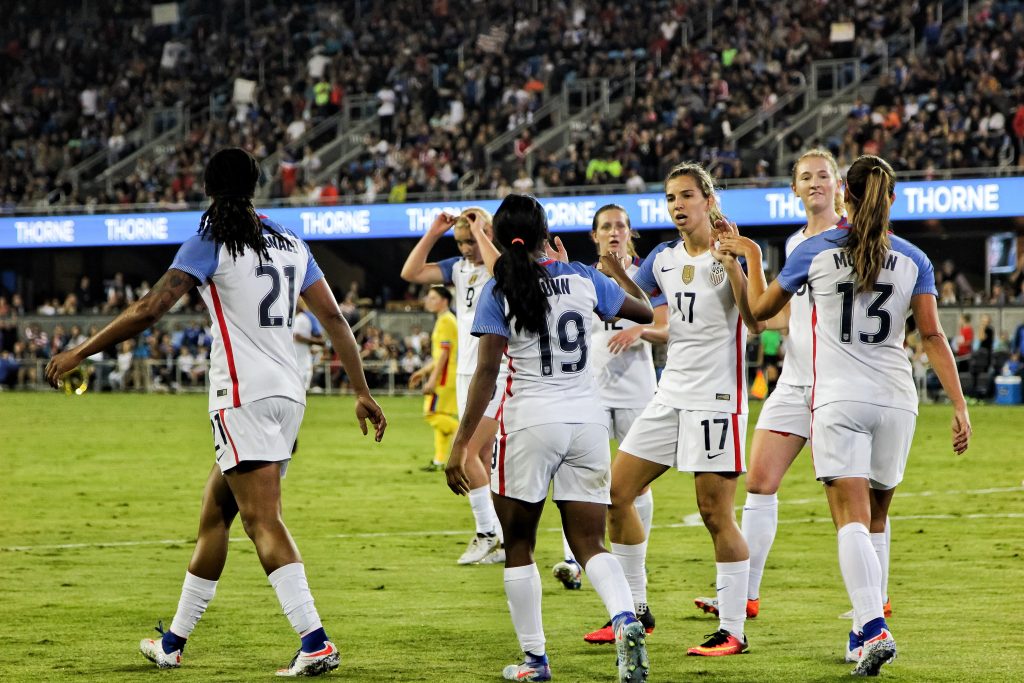
Over 232.6 million Americans participated in sports and fitness activities in 2021. Yet equality and inclusivity remain prevalent issues in the world of sports. Despite the steps taken to support the development of sports participation across all walks of life, there is still much that can and needs to be done. Reforms are required in order to forge ahead and change the entire sports landscape.
After all, sports play a unique role in society; they foster unity, community, leadership, and self-development among participants.
And in the same way that enthusiasts benefit from sports, organizations will benefit from overall inclusivity. Increased revenue, a broader fan base, sponsorship opportunities, improved public perception, and more impactful social initiatives are major benefits that sports inclusivity provides.
Inclusivity is not just a moral imperative but a strategic move that benefits everyone, from the front-office managers to the fans in the stands.
In this article, we provide an in-depth breakdown of what it means to be inclusive in sports.
Gender Inclusivity in Sports
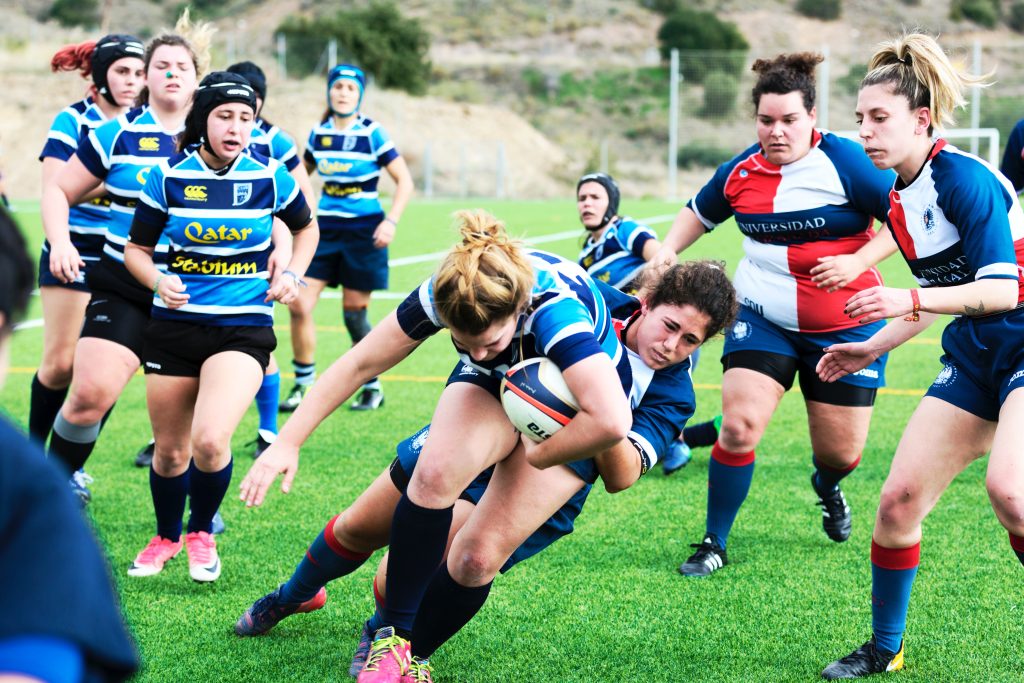
The current landscape of gender inequality in sports includes several unique points of contention:
- Participation Limitations
Historically, many sports were reserved for men, and women were barred from participating. Club opportunities, whether in school or at the professional level, were historically fewer for women’s leagues, which created a disparity in funding and support from sponsors and organizations that has led to inferior facilities, equipment, and coaching for female athletes.
- Battle for Equal Pay
Equal pay and compensation have always been an issue in sports and the rest of the world. From soccer to tennis, women are often paid significantly less than men. In 2011, when the United States women’s soccer team finished second in their World Cup, they were awarded $1.8 million. Yet, the men’s team made it only to the round of 16 that year, yet they were awarded $5 million.
This holds even in cases where women’s sports have garnered significant viewership. For example, the 2019 Women’s World Cup final saw an average audience of 15 million viewers in the US, compared to 12 million in the US for the men’s final.
Why is equal pay important? It ensures that the athletes are paid fairly and directly feeds into the amount of support and funding that organizations receive at a grassroots level.
- Stereotypes and Societal Perception
A prevalent stereotype is the belief that women are not as physically capable as men, creating false perceptions of women’s sports as not entertaining.
These perceptions limit opportunities for women and push them towards more accepted, “feminine” behavior.
Strategies for Gender Inclusivity
Given this information on the current landscape, here’s a quick run-through of possible strategies to employ to promote inclusivity in sports
Equal Opportunity and Pay
Funding and salaried opportunities play a large role in perceiving athletics as a career path. Policies ensuring equal representation amongst all sports roles, whether it’s for players, coaches, or administration, and addressing these pay disparities aid heavily in celebrating and promoting the successes of all genders equally.
Mixed-Gender Sports Leagues
Mixed-gender sports leagues break the societal perception of sports being a “masculine activity.” These sports offer different experiences for women and men, but studies have noted their positive impact on reducing stereotypes and the probability of unintended sexist attitudes and ideas.
Mixed-gender relay races in athletics are a prime example of positive competitions where both male and female athletes can compete with and against each other as a pair or team. These mixed-gender competitions have facilitated equal participation, embodied the equality of male and female athletes, and pushed the envelope on what it means to value one another for their unique skill sets.
Education and Awareness Training
The final strategy we could employ to support gender inclusivity is through workshops and training programs for athletes, coaches, and administrators, not just to highlight the importance of having a diverse set of athletes but also to address the unconscious biases and unintentionally sexist views and comments that mentors and people in power may have.
These events could be further expanded towards mentorship programs and networking events that create support systems for individuals facing gender discrimination.
LGBTQ+ Inclusion in Sports
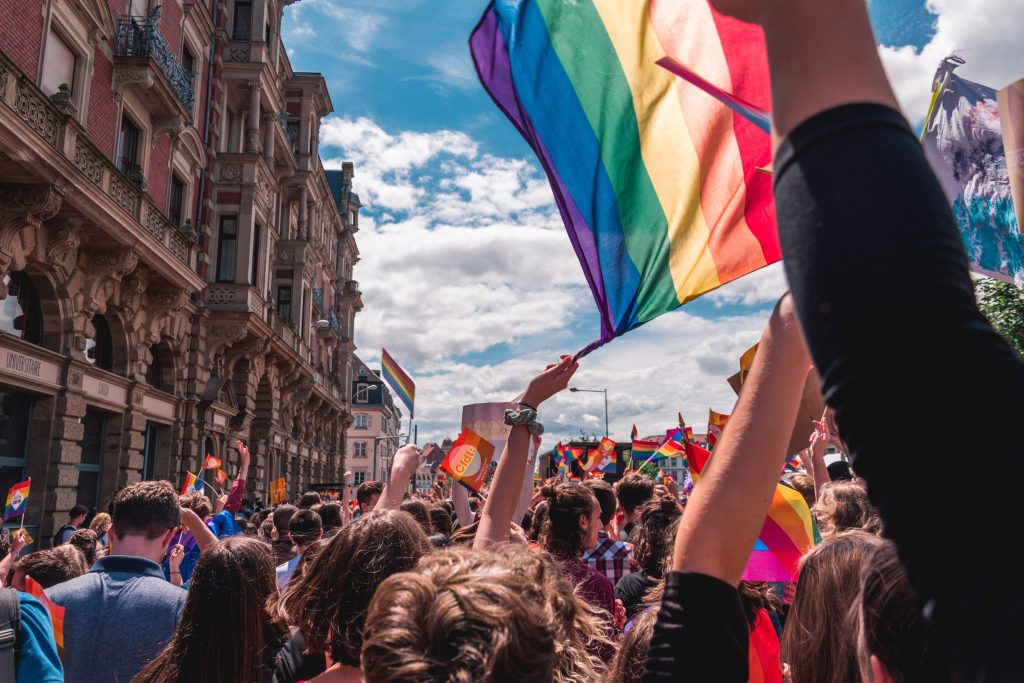
LGBTQ+ inclusion in sports has historically been contentious, given that the space has always been male-dominated with a hyper-fixation of performance, competition, and excellence. That said, this performance-oriented approach with a less than diverse roster of participants has led to the internalization of certain behaviors and roles that would have been deemed necessary for one’s survival in sport, including behaviors such as emotion suppression, normalizing humiliation, and encouraging violence.
The hyper-masculinity in sports has made it an exclusive and limited space, where these stereotypes have pushed away members of the LGBTQ+ community and made it a challenge to participate in and access sports. For those who have actively participated, these players often do not openly express themselves, as 90% of the LGBTQ+ community feels that they are either not at all accepted or accepted a little in sports, making this industry an unsafe space for the members. In short, many athletes fear coming out due to potential backlash from the front office and teammates, leading to mental and emotional strain that negatively impacts their performance.
Transgender athletes, in particular, face the harshest brunt of discrimination. As sport is usually segregated between men and women, athletes are barred from participating with the gender they associate with for fear of having an unfair competitive advantage over other participants. For example, the International Swimming Federation recently voted against transgender women’s participation in competitions.
It’s important to note that LGBTQ+ inclusion differs from gender inclusivity in its focus on discrimination and the nature of stereotypes that athletes face. Gender inclusivity often faces stereotypes like women are not as strong as men, while LGBTQ+ inclusivity would address stereotypes related to masculinity, femininity, and sexual orientation. These issues are usually more mental than the physical arguments that gender inclusion faces.
Strategies for LGBTQ+ Inclusivity
While a solution involving the participation of transgendered athletes has yet to be created, here are some other strategies for LGBTQ+ inclusivity that have proven helpful in the past.
Anti-Discrimination Policies
Anti-discrimination policies have two facets: 1.) guidelines and 2.) enforcement. One cannot exist without the other, as the lack of enforcement creates less incentive for stakeholders to follow through on observing the guidelines.
By establishing clear guidelines, sports organizations should have clear policies that prohibit discrimination based on sexual orientation and gender identity.
There are already rules in place that make this a requirement. For example, Title IX on Athletic Opportunities in Colleges and Universities is a Federal civil rights law that requires schools to provide equal opportunity based on sex. Equal opportunity is measured by the benefits, opportunities, and treatment given to men’s and women’s teams, including scholarships and financial assistance.
To that end, enforcement is equally, if not more, important than the guidelines set in place. Why? Enforcement and consequences incentivize stakeholders (players, coaches, and organization staff) to follow through on established guidelines.
Safe Space and Ally Training
But just having policies in place doesn’t necessarily create an inclusive environment for the LGBTQ+ community. Having workshops and talks that promote a positive and supportive mentality towards lesbians, gay, bisexual, transgender, and queer team members.
To do this, athletic trainers may have a counselor on the school staff with resources related to LGBTQIA+ team members. Team workshops could be held to promote positive communication, reduce prejudices, raise LGBTQ+ issues, and help guide stakeholders to create inclusive environments that help LGBTQ+ athletes feel valued, respected, and safe.
This strategy’s end goal is simply to create support groups that foster and encourage open dialogues among athletes and coaches. Ideally, one should implement platforms where athletes can discuss their experiences and the challenges they’ve faced.
Racial and Ethnic Inclusivity in Sports
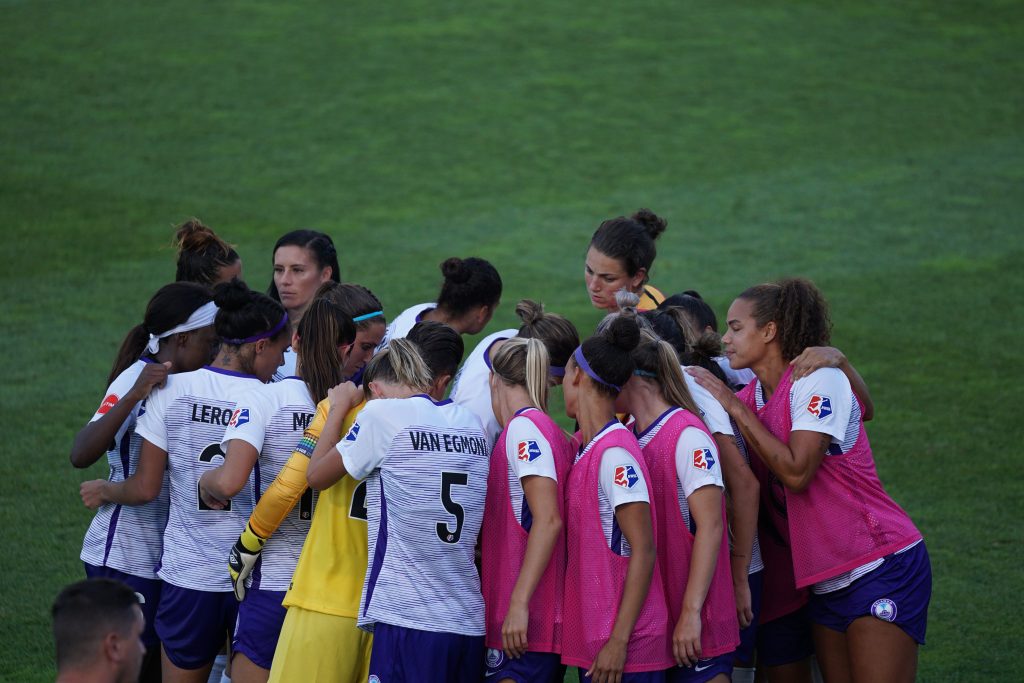
Historically, exclusion and segregation have created a divide in sports leagues and competitions, especially in the Western world. The exclusion of many non-white players in various soccer and baseball leagues early in the 1900s is a prime example of racial segregation. It wasn’t until pioneers such as Jackie Robinson and Jesse Owens broke down racial prejudices and paved the way for future generations of athletes.
Even with all the advancements made throughout the years, racial equity gaps still exist today. While Title IX left a major positive impact on women’s sports, it has failed to historically benefit women across all races. The NCAA’s demographics database, for example, has shown us that white women make up the largest percentage of female athletes across all three divisions, at 68 percent for the 2020–2021 season.
While racial issues have been significantly reduced on the court, representation in leadership positions, particularly management and coaching, continues to be an area of focus. A recent study on leadership in D1 athletics programs found that 77.1% of athletic directors, 83.6% of faculty athletic representatives, and 80% of conference commissioners were white. This means that, on average, 80% of all key positions were held by white people, showing that non-white individuals still have disproportionately fewer key positions in campus leadership.
Racial inclusivity is key to pushing forward the overall quality of play for all sports; an inclusive sport is much more likely to attract and retain the best talents regardless of racial and ethnic background. This creates a more entertaining and engaged viewer base. Inclusivity creates a broader appeal and pushes for social cohesion that unites people from different backgrounds.
Strategies for Racial and Ethnic Inclusivity
Here are some strategies that promote racial and ethnic inclusivity:
Outreach and Grassroots Initiatives
The first order of business is to raise awareness and provide equal opportunities to players from all walks of life at a grassroots level. This strategy aims to create pathways for athletes from diverse backgrounds to enter and excel.
Grassroots and outreach initiatives could include scouting in diverse communities, establishing scholarships, and focusing on community engagement. Regularly organizing talent hunts in various communities and different regions gives attention to players from different regions who have the talent but don’t necessarily have the opportunities to showcase their skills to the world. Community engagements or scouting-specific events are talent-hunting activities that also promote your organization, brand, and sport.
Pairing this with scholarships for promising athletes allows you to further develop promising athletes through formal training.
Diversity Training
In a fast-paced world where everyone is interacting with everyone, diversity training is a strong requirement to educate and sensitize everyone involved about the importance of racial and ethnic inclusivity. Strategies for diversity training include mandatory workshops, continuous learning initiatives, and an anonymous feedback system for participants to provide constructive feedback on the effectiveness of diversity training programs.
These trainings should be compulsory for athletes, coaches, and administrators to attend. They should address racial biases, cultural sensitivities, and microaggressions that create a hostile environment for non-white athletes. Regular refresher courses and updates should also be implemented to ensure lessons are remembered and current.
Equal Representation Initiatives
Ensuring fair representation doesn’t end at fostering talent and introducing diversity training; it includes putting people of color in positions that can positively impact their organization for years to come. Diverse hiring panels, mentorship programs, and clear representation goals (without tokenism) are clear action steps that almost any organization with a commitment to diversity can take. Mentorship programs, for example, could pair younger professionals from minority backgrounds with experienced mentors to help them navigate the professional landscape. This benefits organizations as these individuals provide different, valuable perspectives from the communities that these organizations are attempting to reach.
Monitoring and Reporting
To ensure that the racial inclusivity practices in place are effective, regularly assessing the state of inclusivity in these organizations should be a top priority. Third-party audits from external agencies to review inclusivity measures, transparent reporting on the state of diversity within an organization, and feedback loops that push for even more inclusivity, in the long run, are concrete methods to establish proper monitoring and reporting on inclusivity practices.
The reports could even be spun to showcase the organization’s commitment to racial and ethnic inclusivity in the public eye, bolstering their public perception. Public statements from accounts, partnering with third-party advocacy groups, and organizing events are all means to celebrate different cultures and improve reputation within a community.
Inclusivity for Athletes with Disabilities
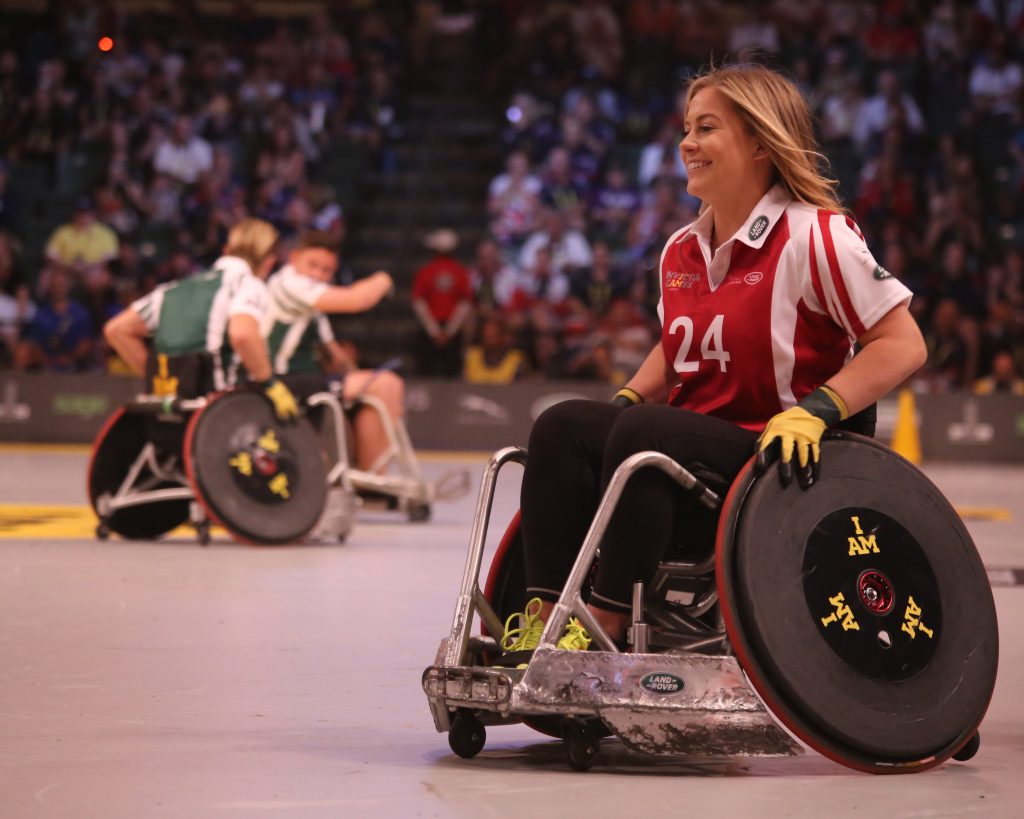
Athletes with disabilities had very few opportunities to participate in mainstream sports, as the focus for these athletes had almost always been rehabilitation rather than competition. Activities for disabled individuals, for example, were perceived as therapeutic rather than an actual sport for entertainment.
It wasn’t until the Paralympic Games began in 1948 that organized competitions for the disabled would grow in scope and ambition, eventually growing to include participants from various countries in 1960. As awareness grew about the capabilities of athletes with disabilities, so did the sports themselves. Wheelchair basketball, volleyball, and goalball have become more accessible options for a broader range of athletes.
Despite these adaptations and, more likely, due to the popular perceptions of disabilities, the public failed to realize the potential of athletes with disabilities to compete and excel in sports that their able-bodied counterparts did. This left a massive gap in mainstream coverage and opportunities for athletes with disabilities.
Strategies for Inclusivity for Athletes with Disabilities
Here are some inclusivity strategies for athletes with disabilities:
Creating an Accessibility Action Plan
To create a space where athletes with disabilities are given the tools and facilities they need to excel in their field is a necessity. An accessibility action plan enhances corporate image, delivers more effective services, and grants access to a wider market. Organizations should include facility audits and a set plan to install necessary modifications, equipment adaptation, and accessible transportation. The plan should look to ensure the availability of adaptive equipment and facilities, including ramps, doors, tactile pathways, and accessible restrooms for the athletes.
Actively Employ People With Disabilities
As with the other strategies mentioned in this article, employing people with disabilities is a great way to find fantastic new staff while enhancing corporate reputation and economic growth. Plus, representation at all levels matters. When a person with a disability is placed in a leadership position, they will likely be in the best position to positively guide the athlete through whatever issues they face, as they’ve likely had to deal with them themselves.
Representation and Media Coverage
We mentioned earlier how the lack of media coverage has led to the promulgation of misconceptions and false narratives about athletes with disabilities. With media coverage, we ensure that fair representation occurs – because these people are athletes, and their achievements are often just as, if not more, impressive than their able-bodied counterparts.
Spotlight features on social media accounts allow athletes with disabilities to highlight their training routines, challenges, and achievements. These media features should inspire the next generation of athletes and, hopefully, convince potential investors to funnel money through these programs.
Breaking Barriers: Continuing to Push for Progress
Despite the amazing amount of progress made over the last century, there remains a need for ongoing efforts and commitment to continue pushing for inclusivity in sports. Every individual can participate, and excluding groups based purely on prejudice violates the fundamental principles of equality and human rights.
More than that, sports are a powerful tool for bringing communities together and fostering mutual respect; they broaden perspectives and promote mental and physical well-being.
From a business perspective, inclusivity leads to increased participation rates, broadening the sports merchandise market while expanding the audience breadth.
No one loses when we all feel included.

